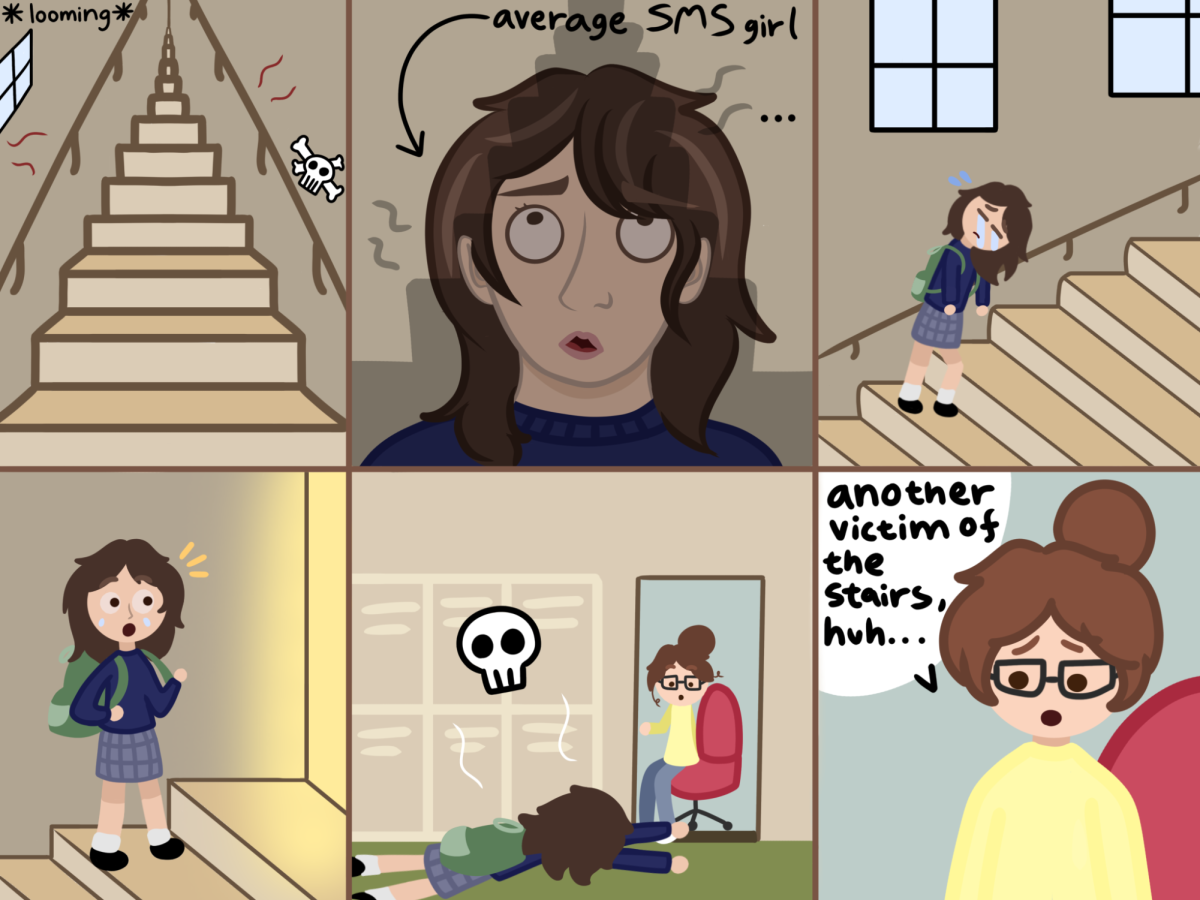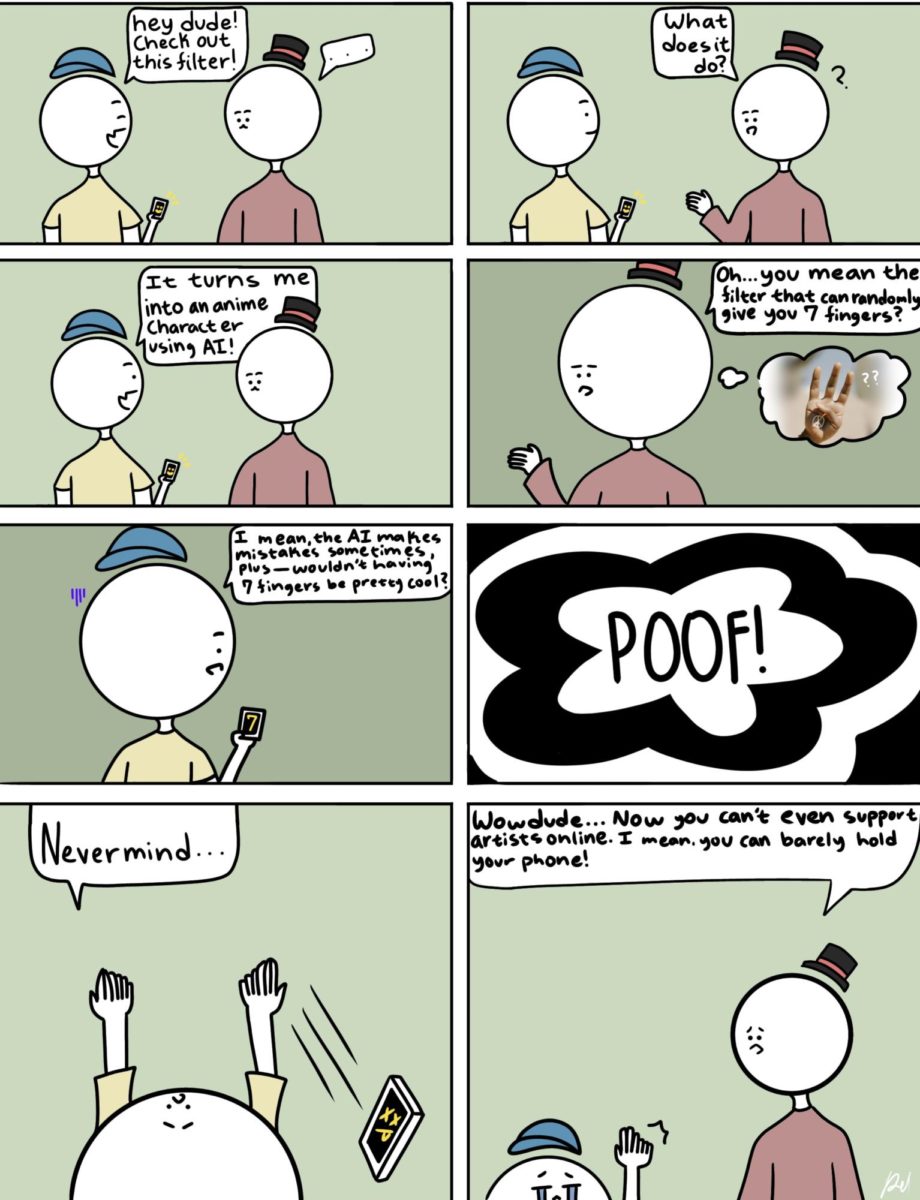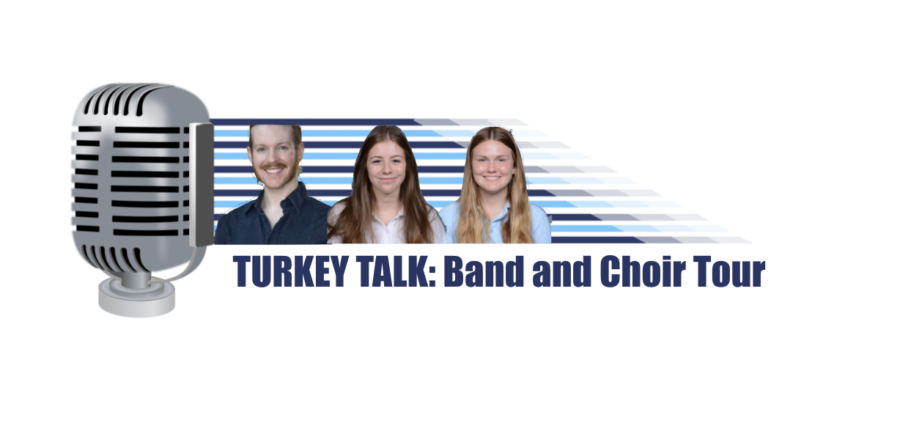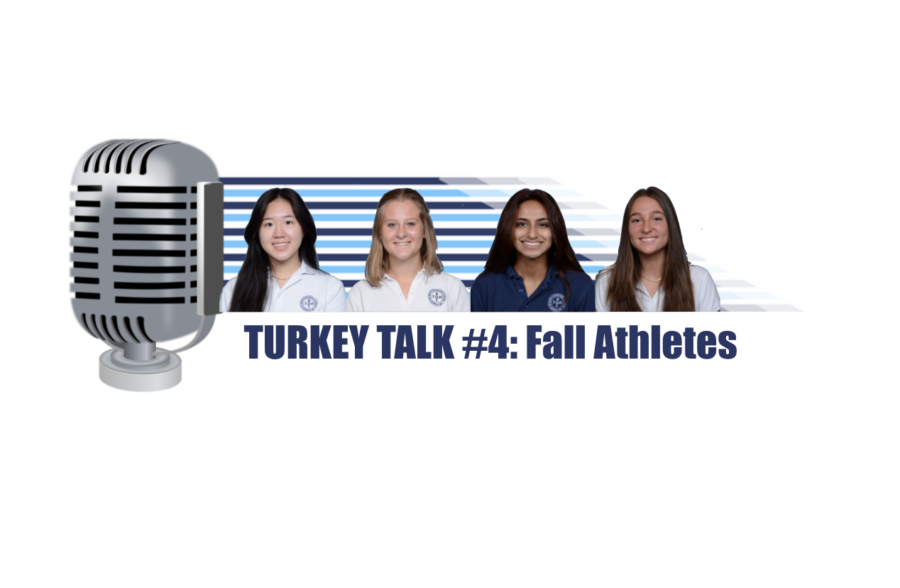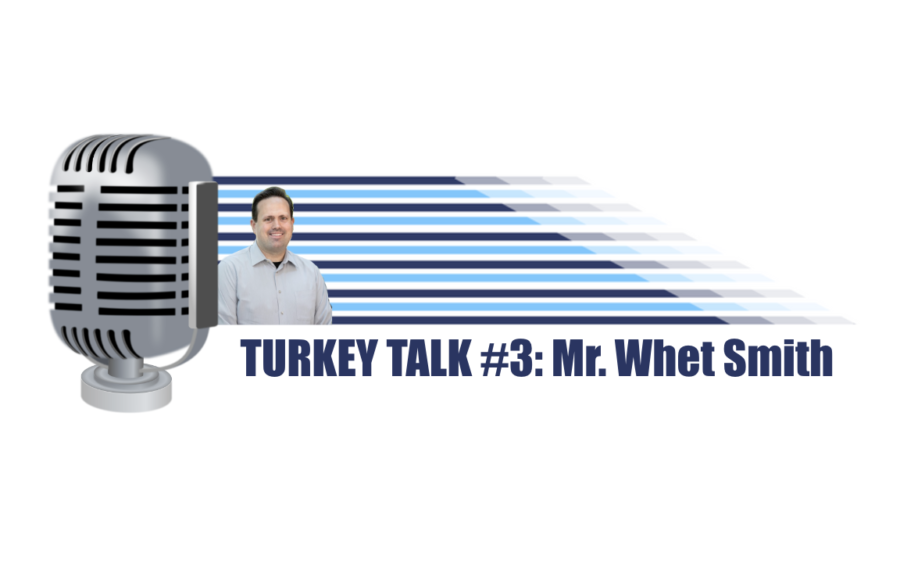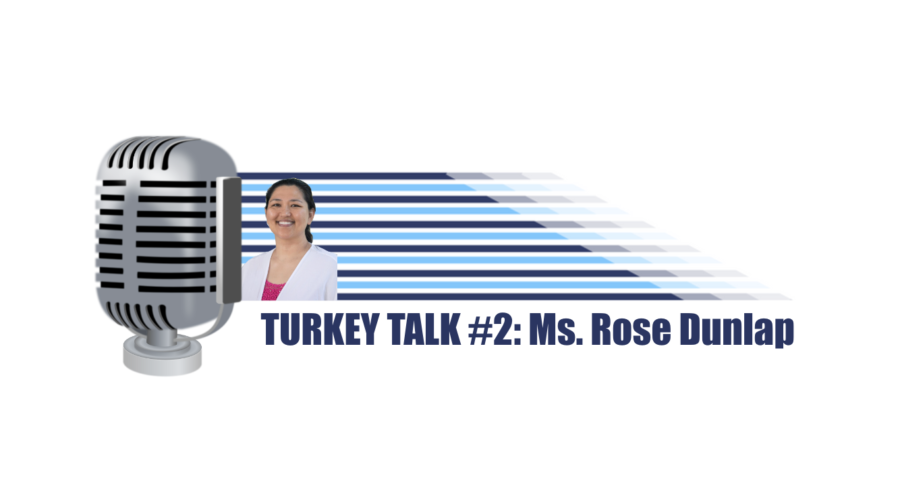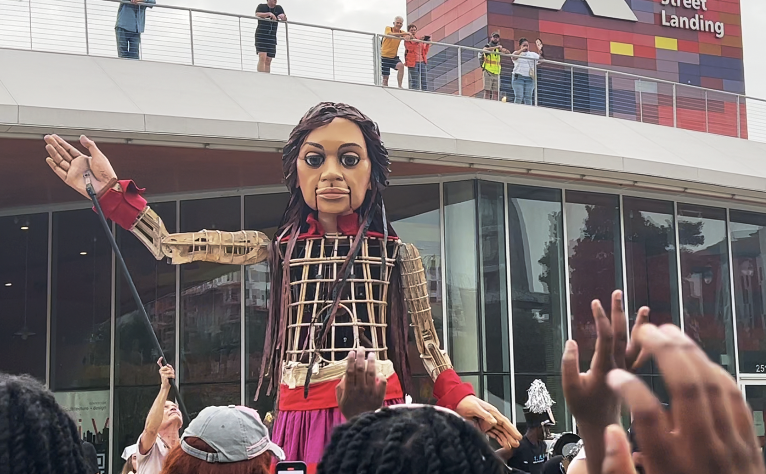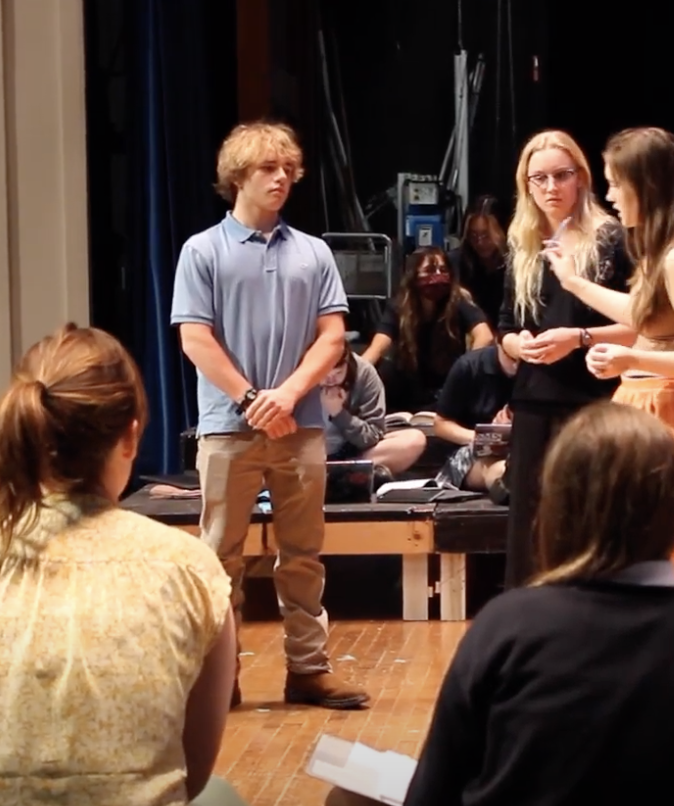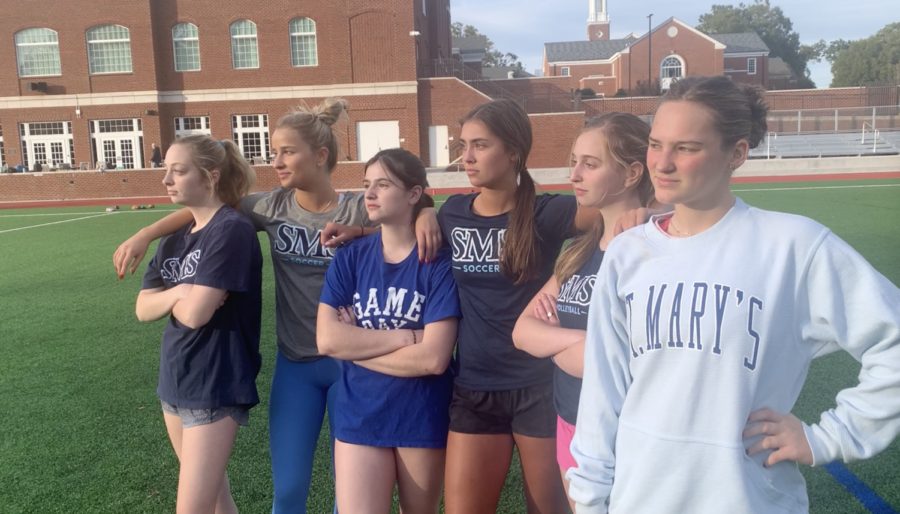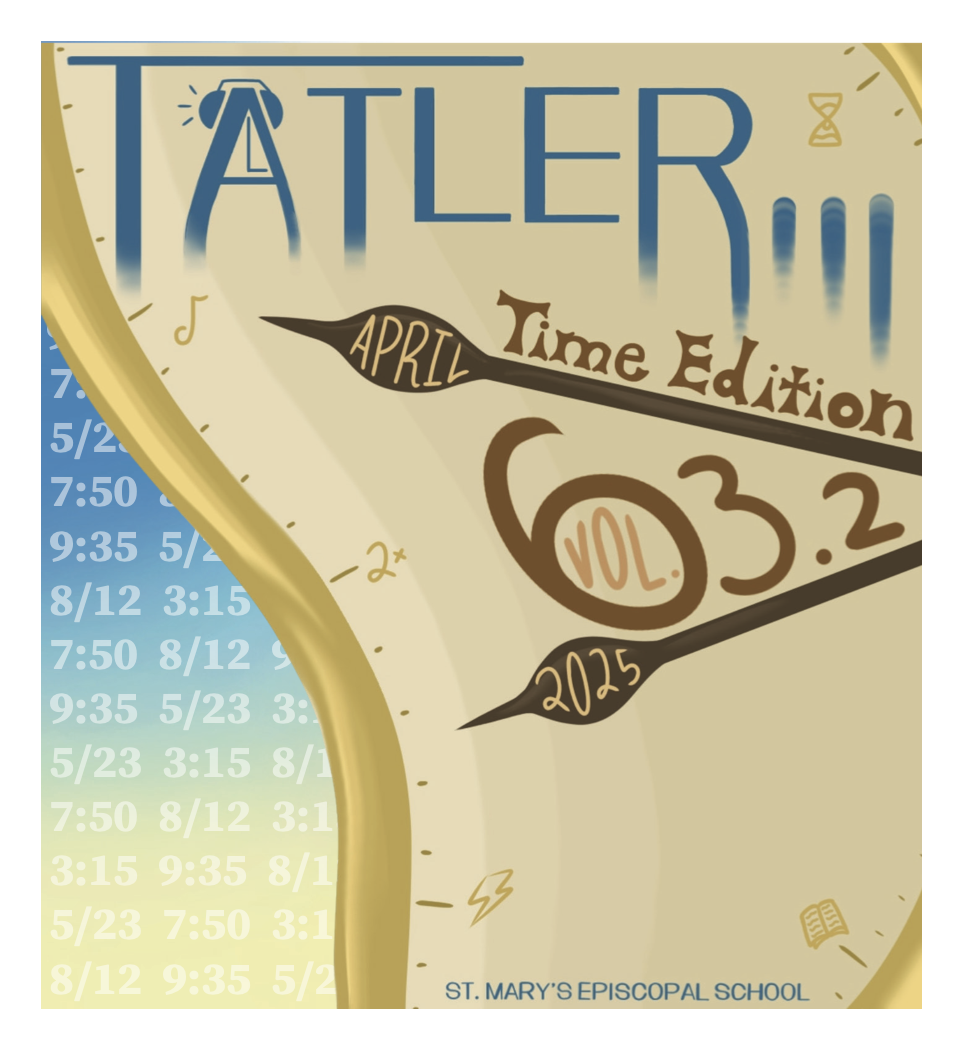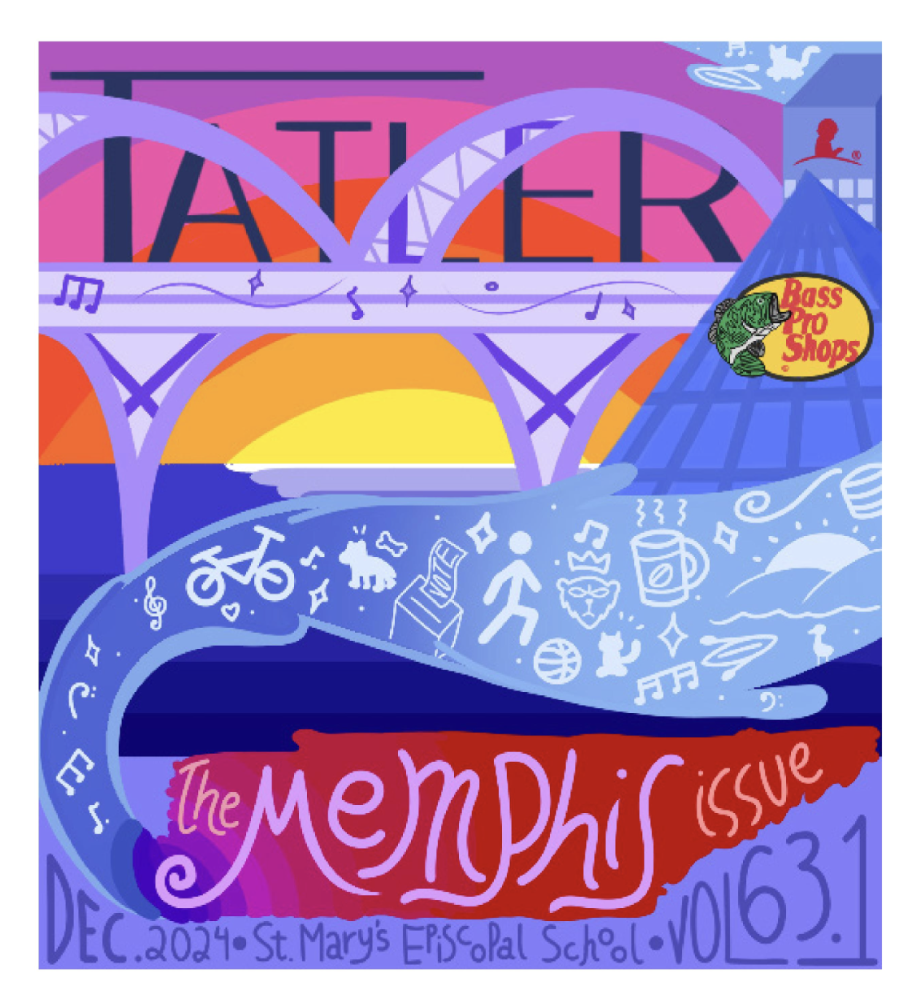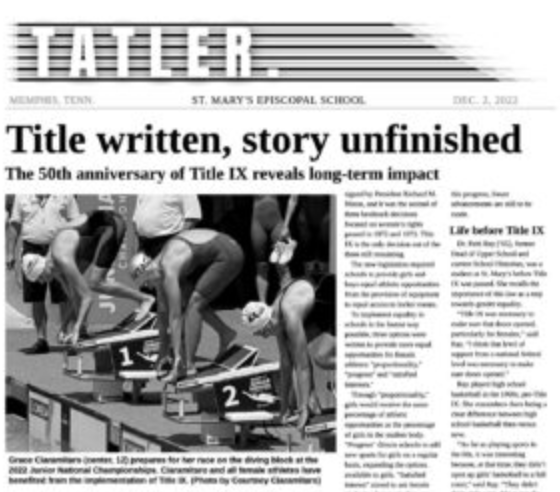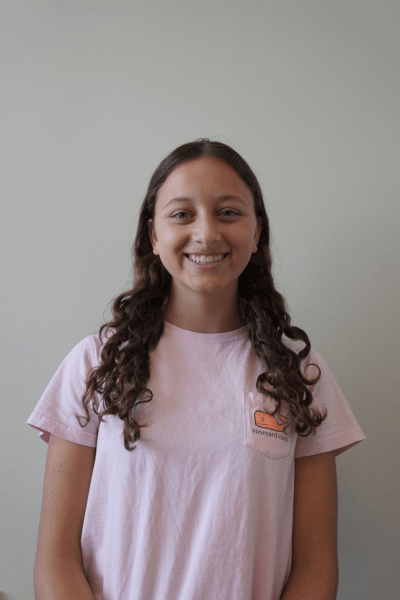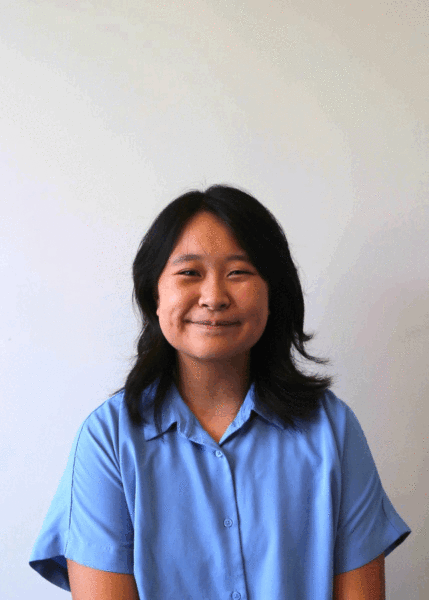In an interview with Tatler staff earlier this year, John Carroll, founder and CEO of City Leadership, pointed out a common misconception about leadership.
“Once you have a responsibility, that is when the real work begins. Especially in high school, people think leadership is the adventure of getting elected,” he said. “[But] they haven’t actually learned how to lead yet… once you get [a position] in high school, it’s like ‘Now what do I do?’”
At St. Mary’s, Holly Hensarling, director of student life, has also recognized the lack of tools available to high schoolers to be prepared for the positions they are signing up for.
“I’ve noticed throughout the years that we often immediately expect… that leadership comes from seniority. And what I noticed is they don’t know how to do it,” she said. “So I wanted to build a program that would get with the juniors and make them think about what it means to be a leader, to prepare them for senior year and beyond.”
During the 2022-23 school year, Hensarling tested her program for the first time. Throughout the year, all members of the junior class attended regular leadership lunches to discuss chapters from leadership expert Brené Brown’s “Dare to Lead” and have guided conversations about what being a leader means.
At these lunch meetings, Hensarling taught the junior class the importance of leadership and the many forms it can take.
Shelby Williams, former Pep Club president, attended Hensarling’s meetings last year and said she keeps Hensarling’s words in the back of her mind when making leadership decisions.
“The first [main point of the leadership lunches] was, to be a leader you have to be vulnerable,” Williams said. “And that’s something I, to this day, think of every single time we have a [Pep Club] meeting”
As a senior in leadership who participated in the program last year, Williams believes Hensarling has prepared her well for the challenges of leading.
“I feel like [Hensarling] did a great job with teaching us how to [lead] and what to do [differently] in smaller situations versus the really big ones,” she said.
This year, Hensarling added a new component to the lunches by inviting the five members of the senior executive council to share their advice to the junior class.
Junior Mary Elizabeth Dyer, recently elected Student Council President and a former participant, said this was one of the most helpful parts of the lunches.
“I think [the program] makes anyone a stronger leader overall because then they understand what’s important in a leader when they’re trying to lead,” Dyer said.
Specifically, Dyer said she values the vulnerability aspect of Hensarling’s program and aims to translate that to her own position.
“Being able to include people, which I think kind of falls under vulnerability and being able to hear other people’s ideas… and take them into consideration … not just think about yourself, but think about the others, too. I think that’s really important,” she said.
Though she is not in as public a leadership role, junior Evie Fore realized after attending Hensarling’s meetings that the term “leader” takes on a multitude of meanings.
“My biggest takeaway is.. all of us are leaders in different ways, and … different personalities can be leaders in different ways,” she said. “There’s not just one certain mold that you have to fit to be a leader.”
Not only did Hensarling’s lunches helped Fore notice that many people are leaders in their own way, but they also allowed her to reflect on her leadership capabilities.
“I think that I’m a leader in certain areas,” she said. “In certain classes I’m more of a leader than in others… In French class I speak up more because I’m more confident… than I am in math. But I think [the leadership lunches] did help me because it makes me more likely to listen to others.”
Hensarling is already thinking about the future of the program. “[Adding freshmen is] the goal for next year,” she said. “And then every year I [will] kind of tweak a few things. But that’s the next step.”


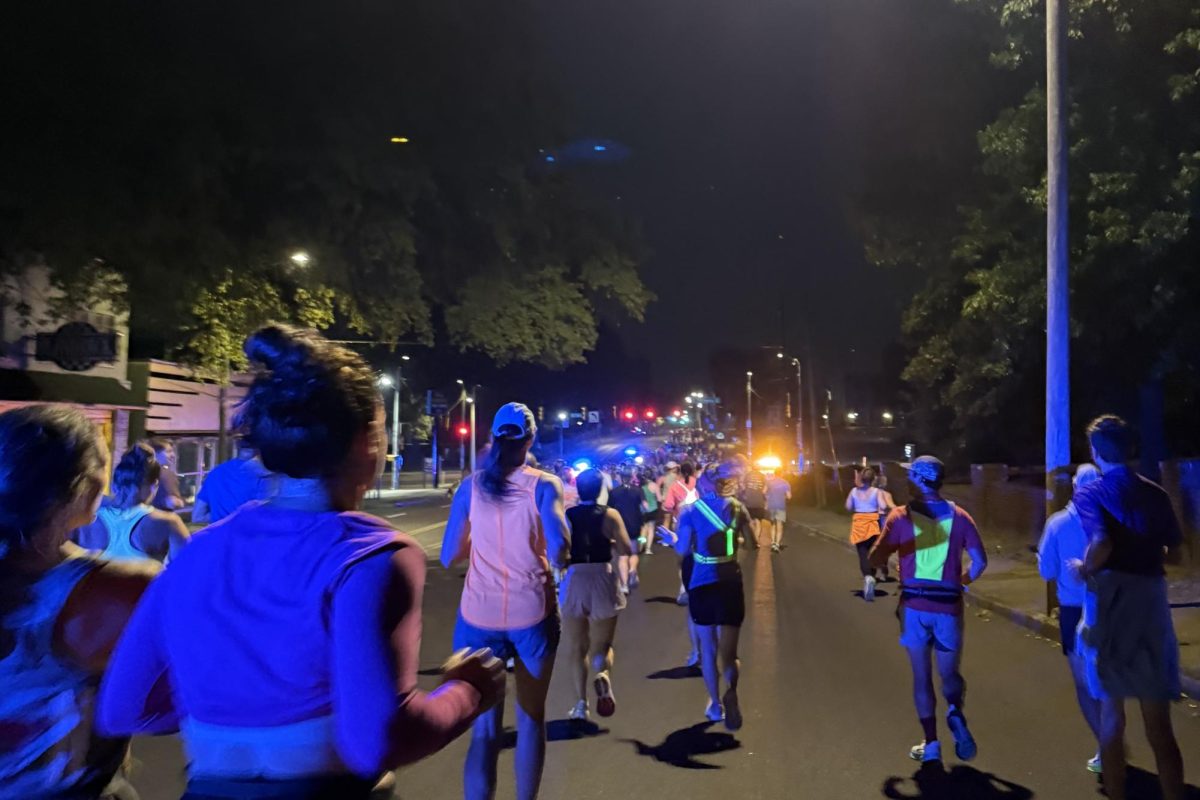

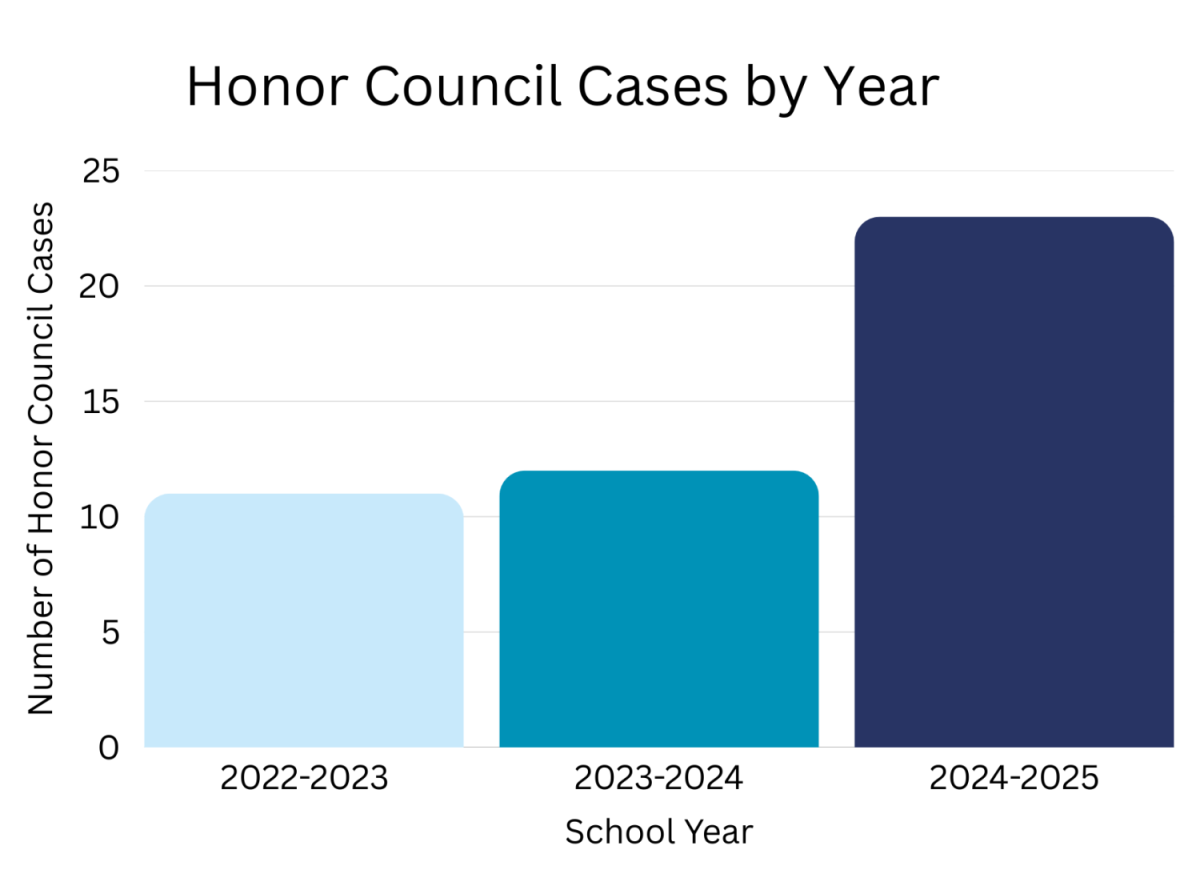
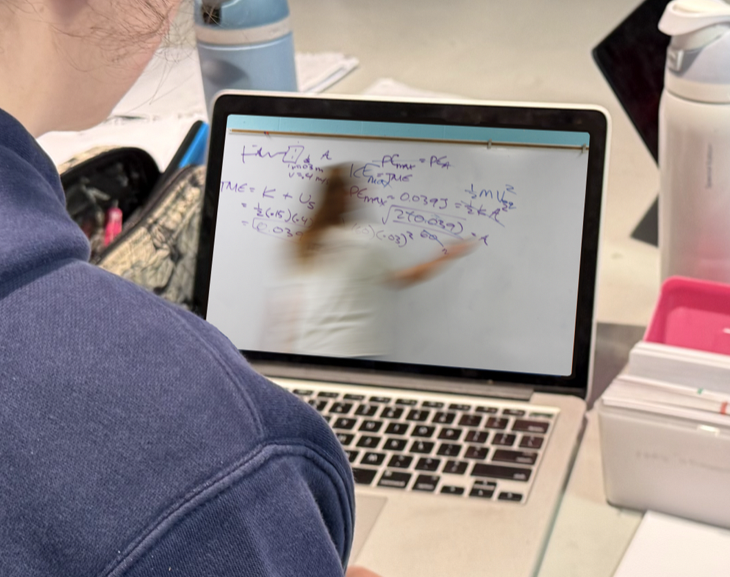
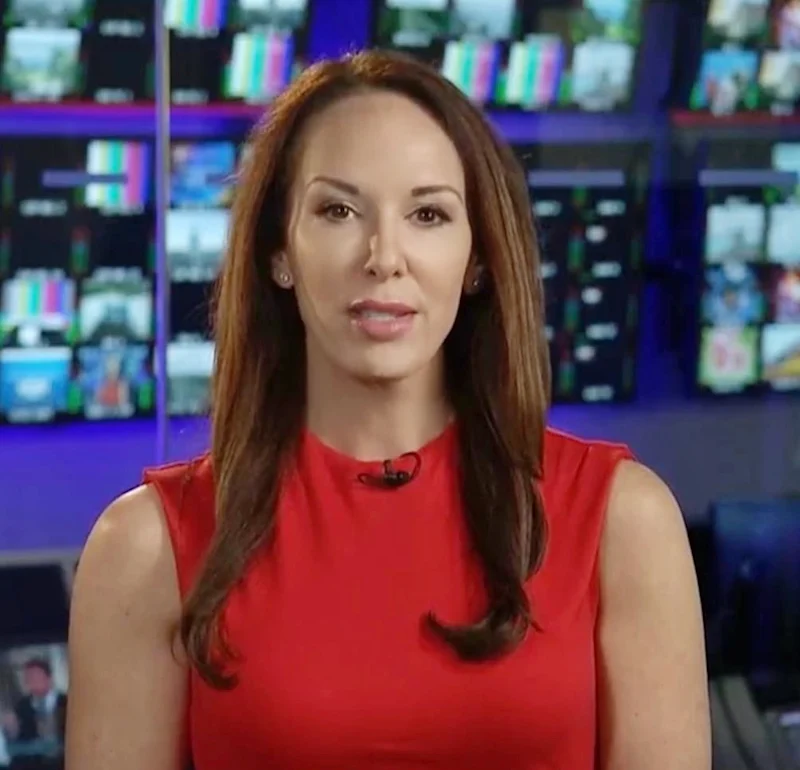


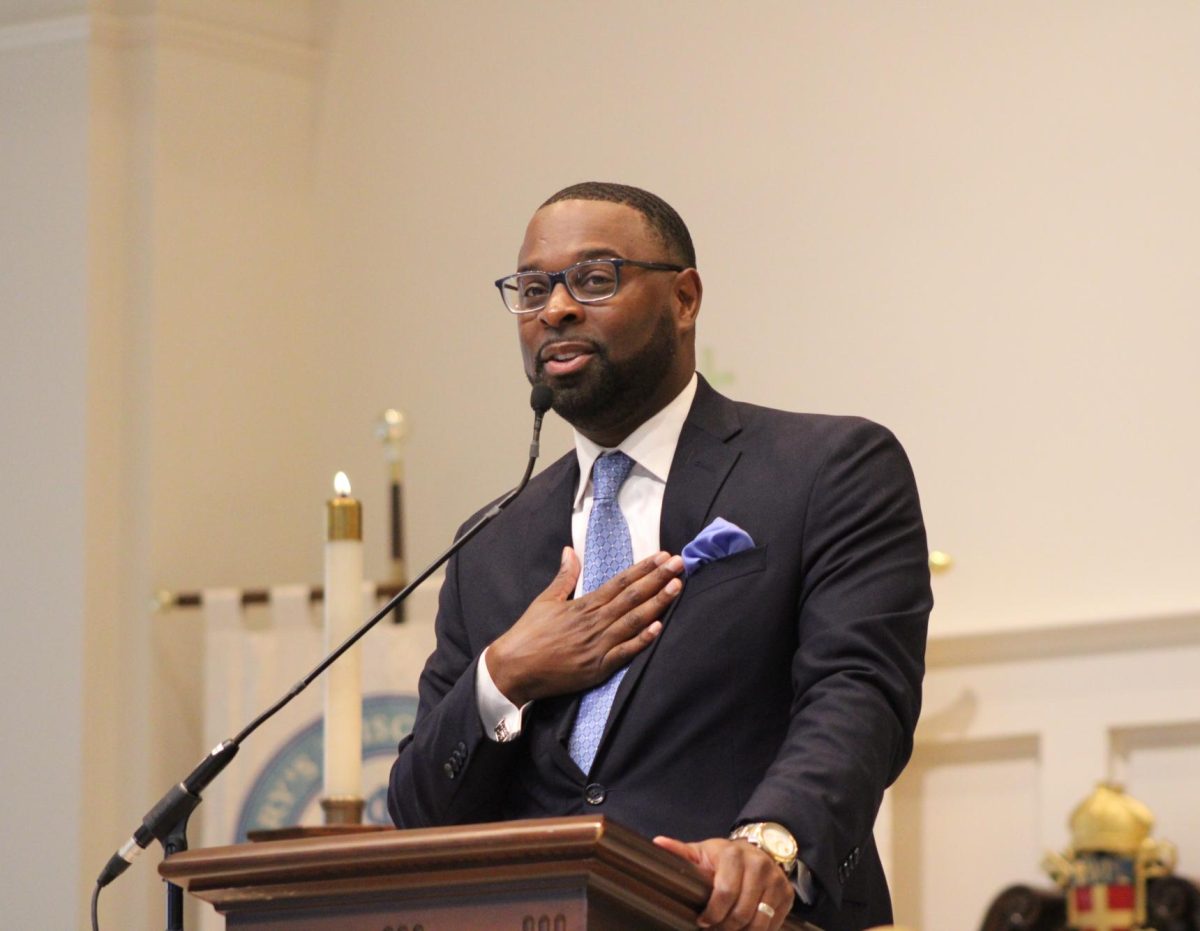
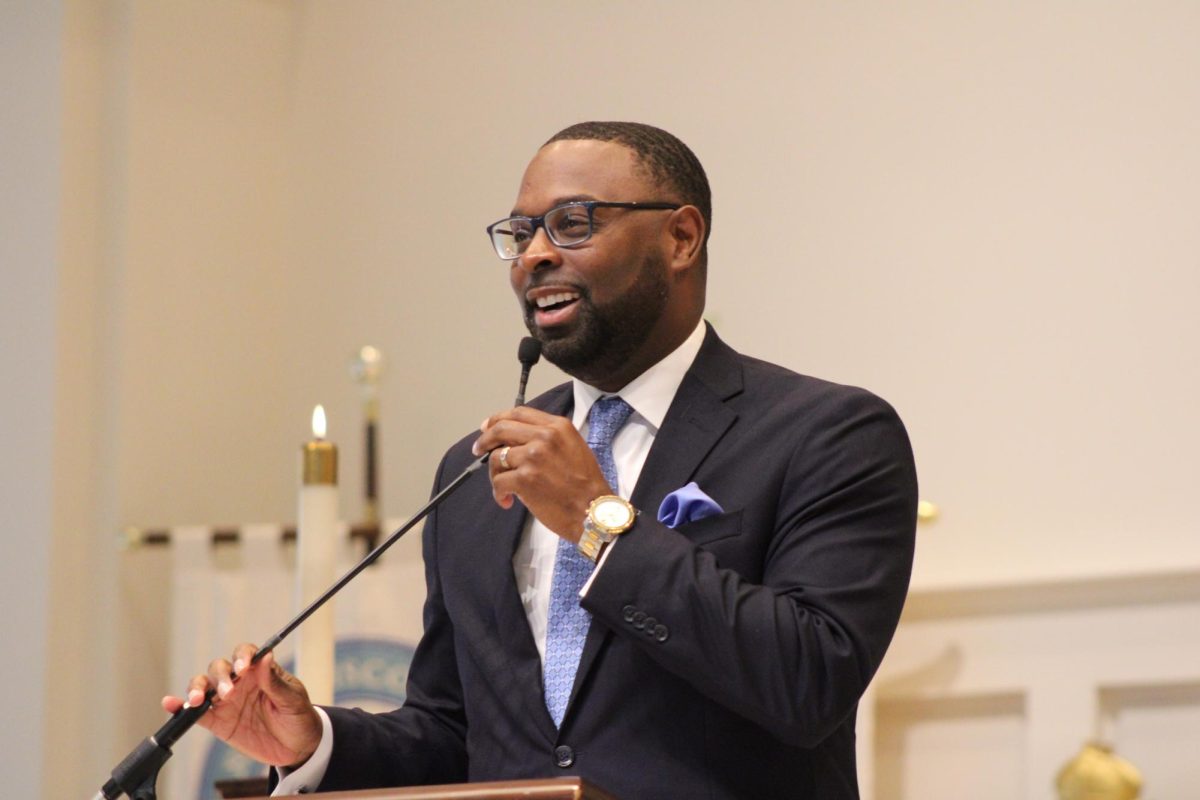
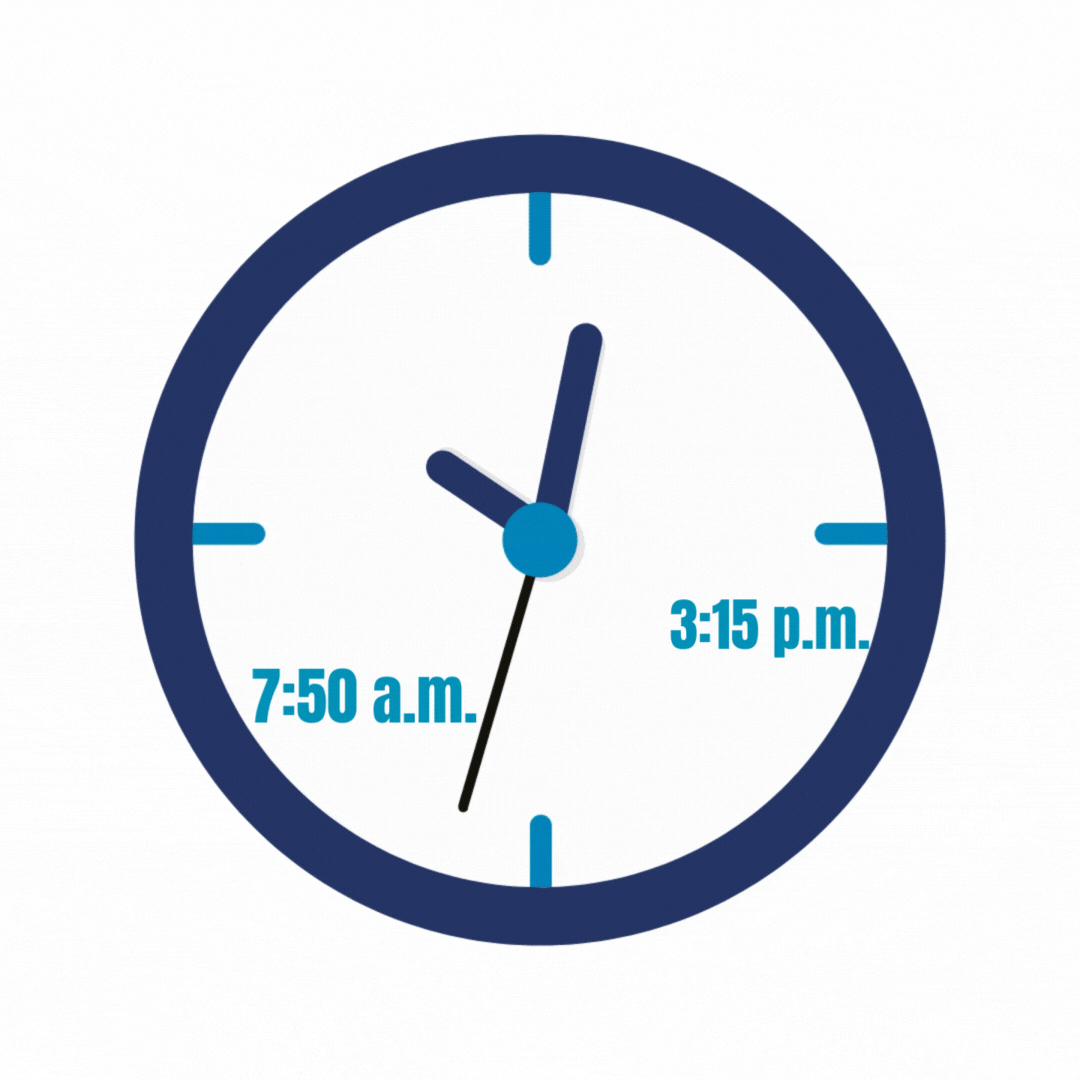



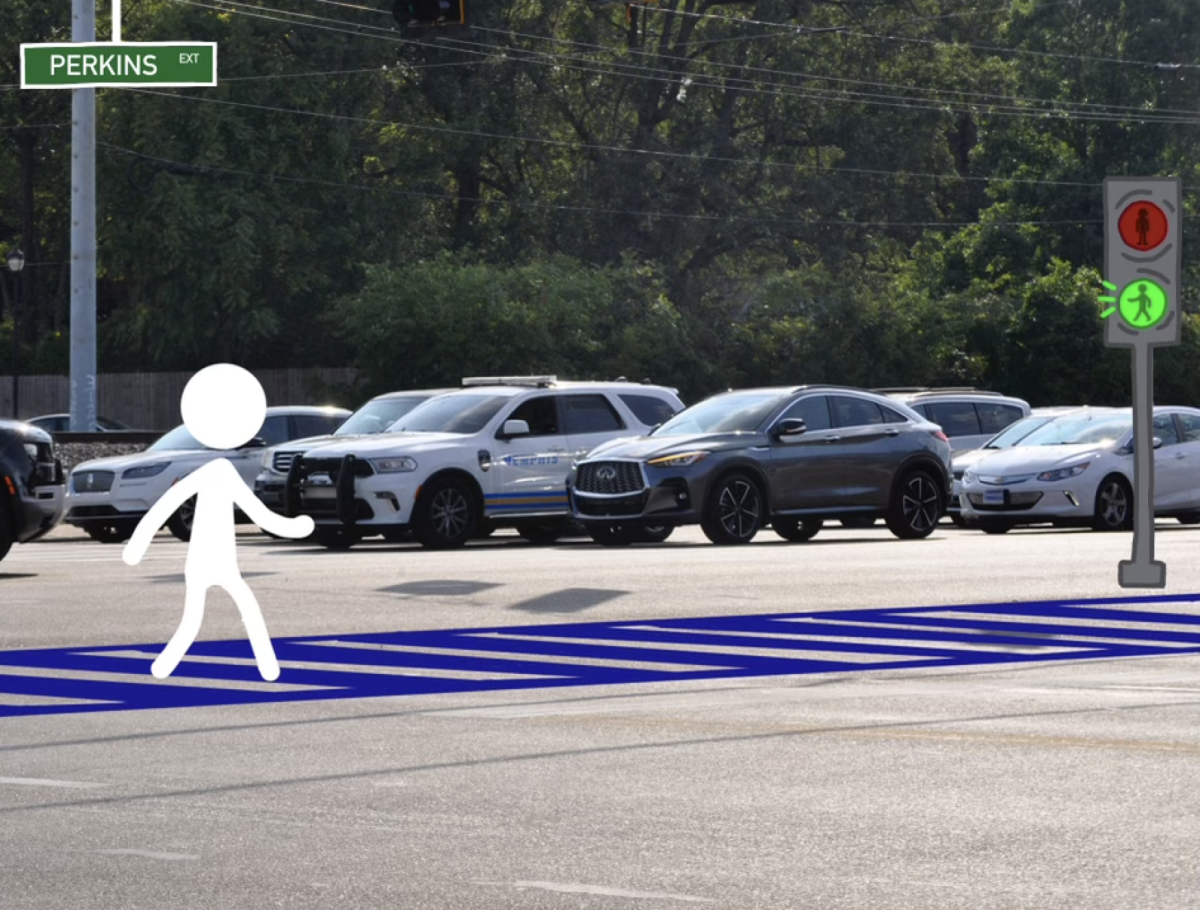
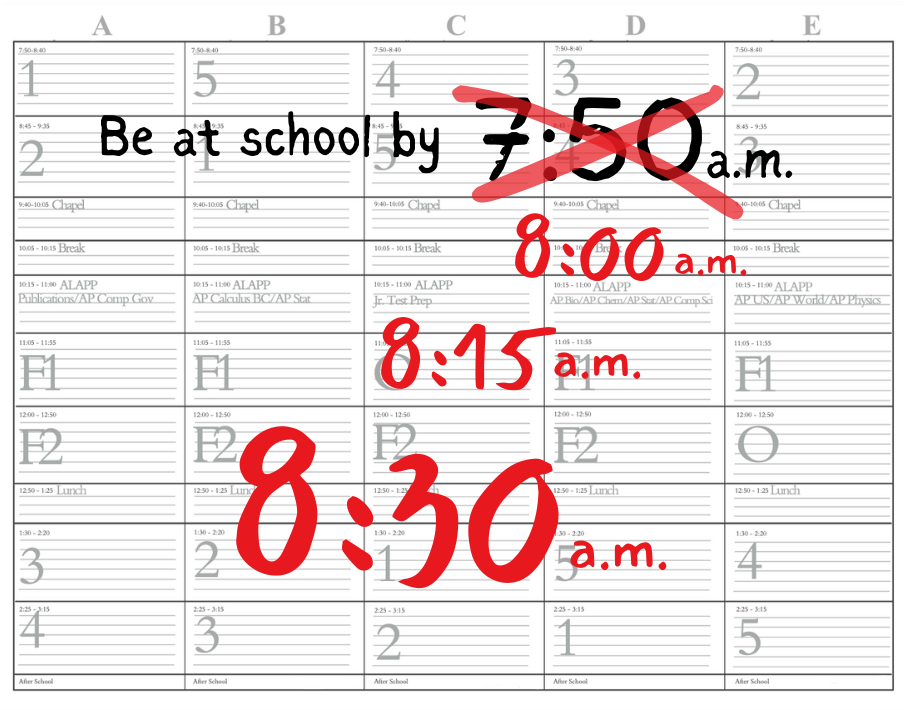



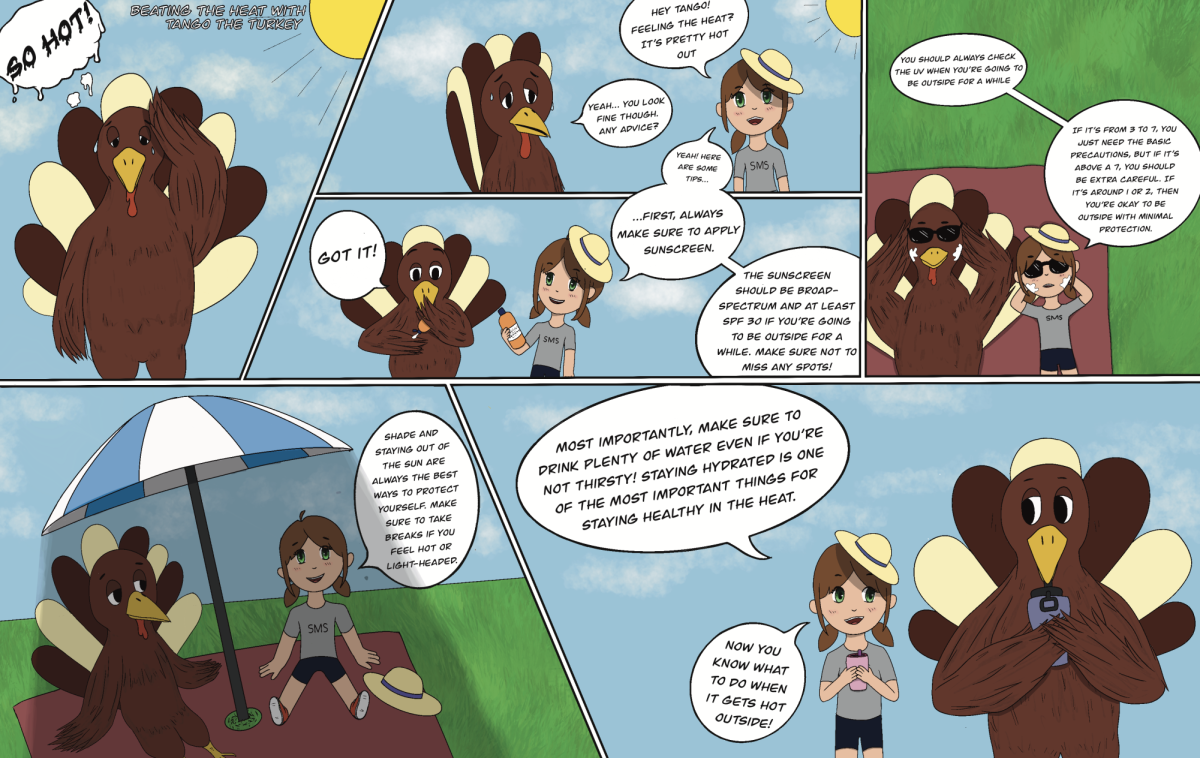

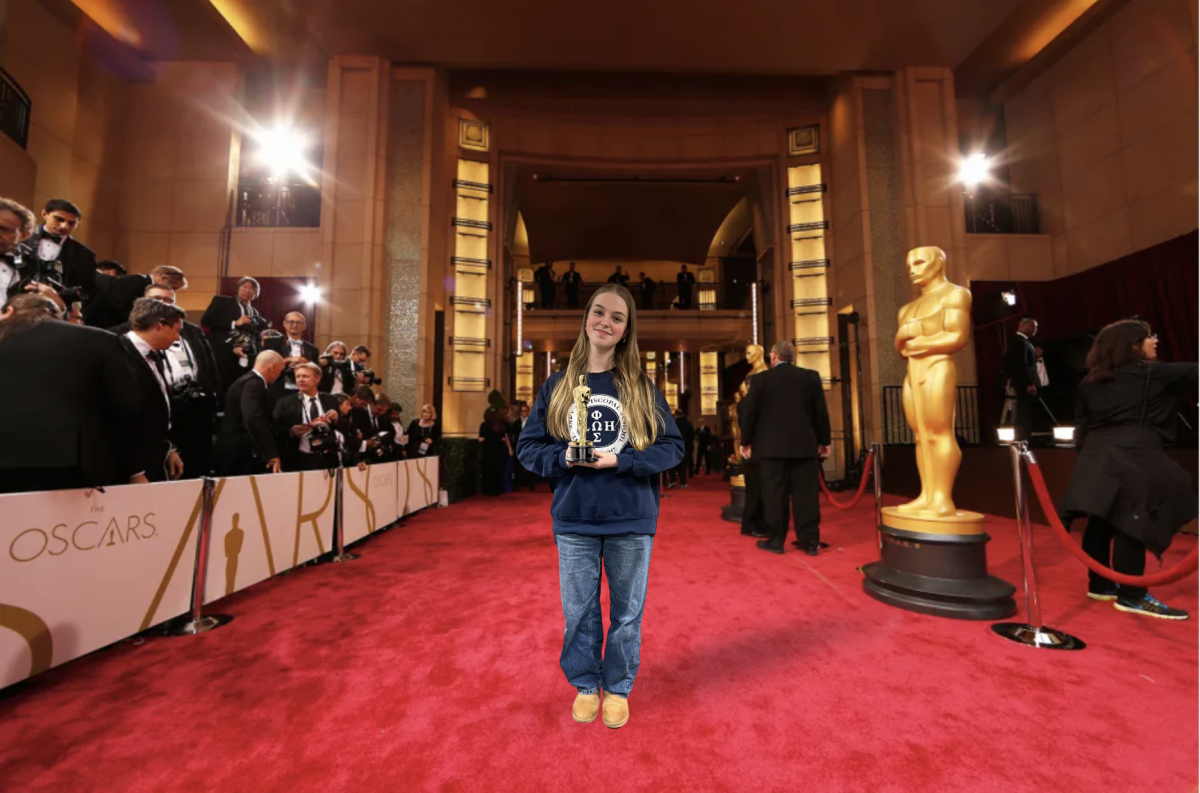
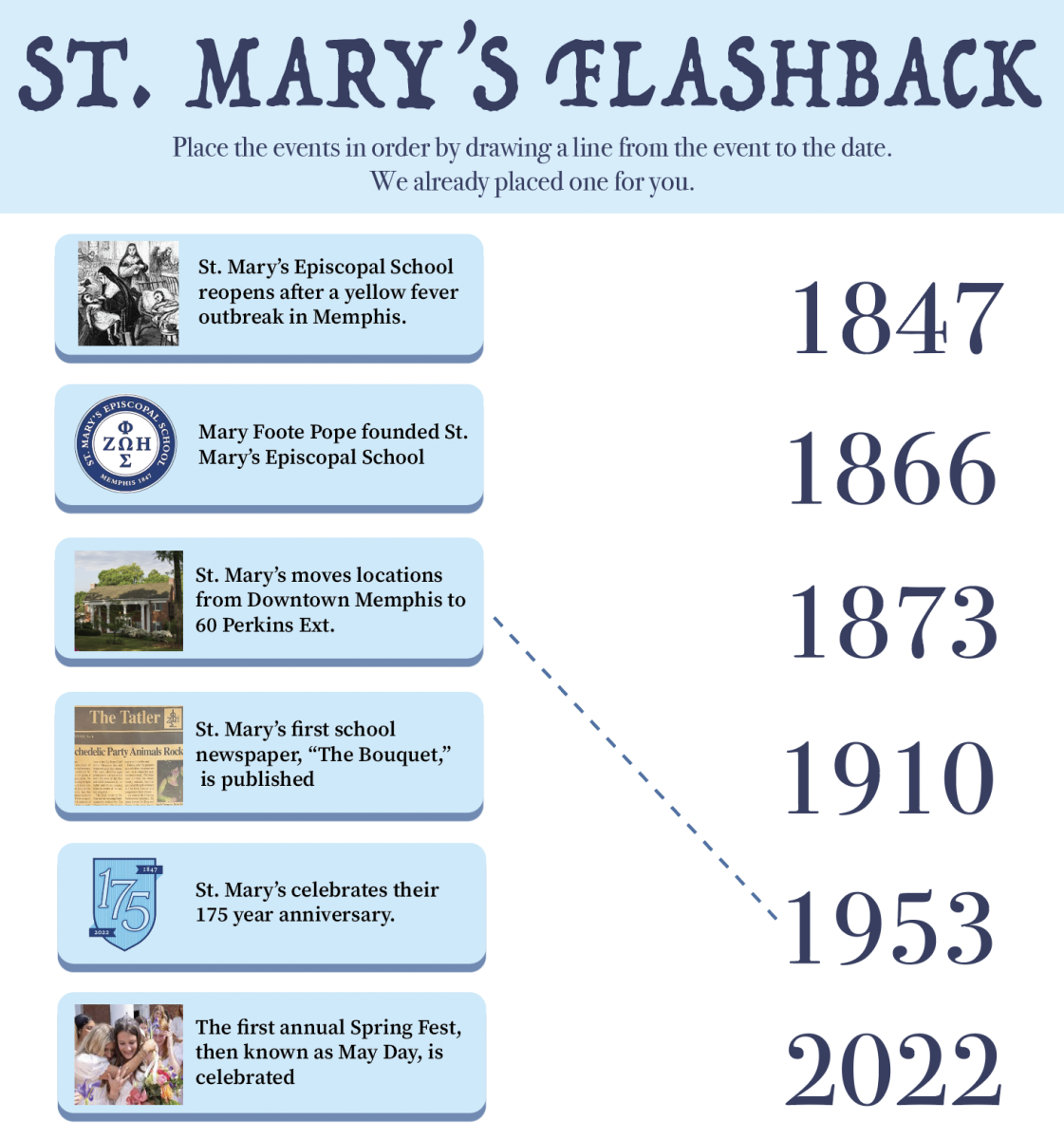

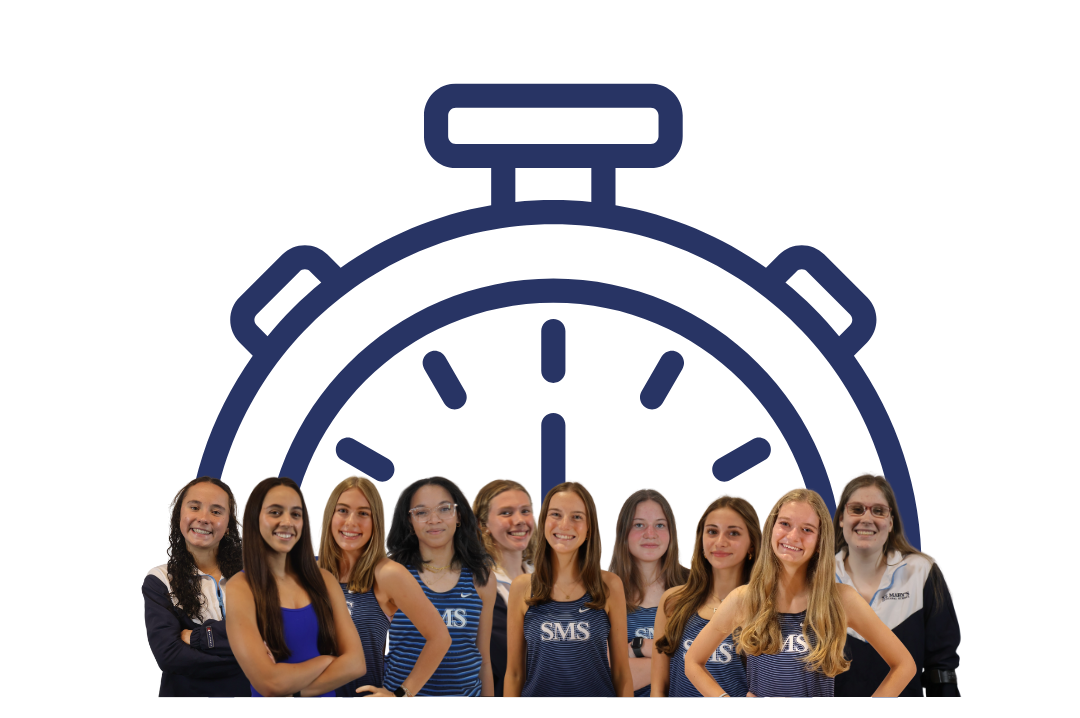
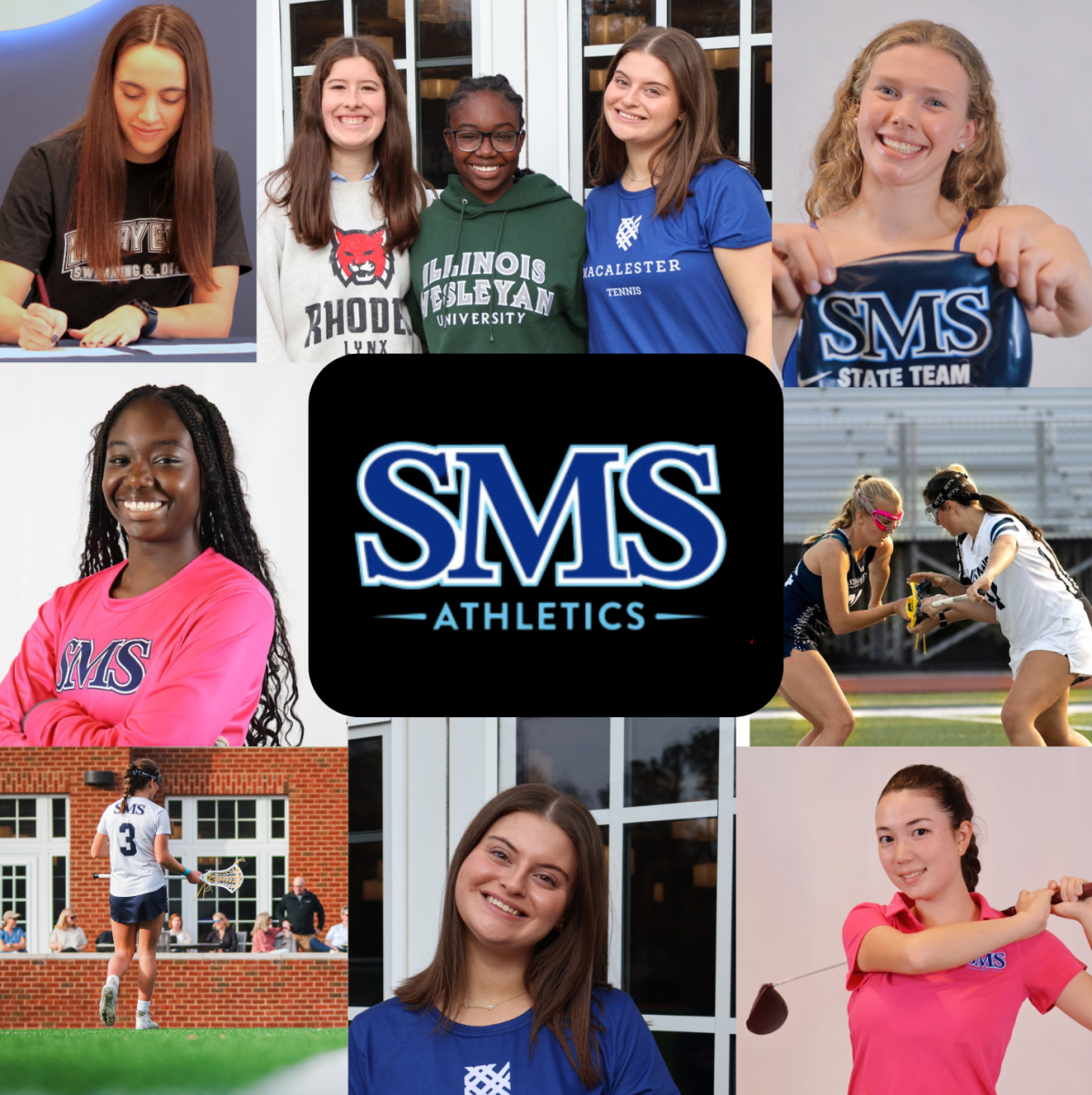
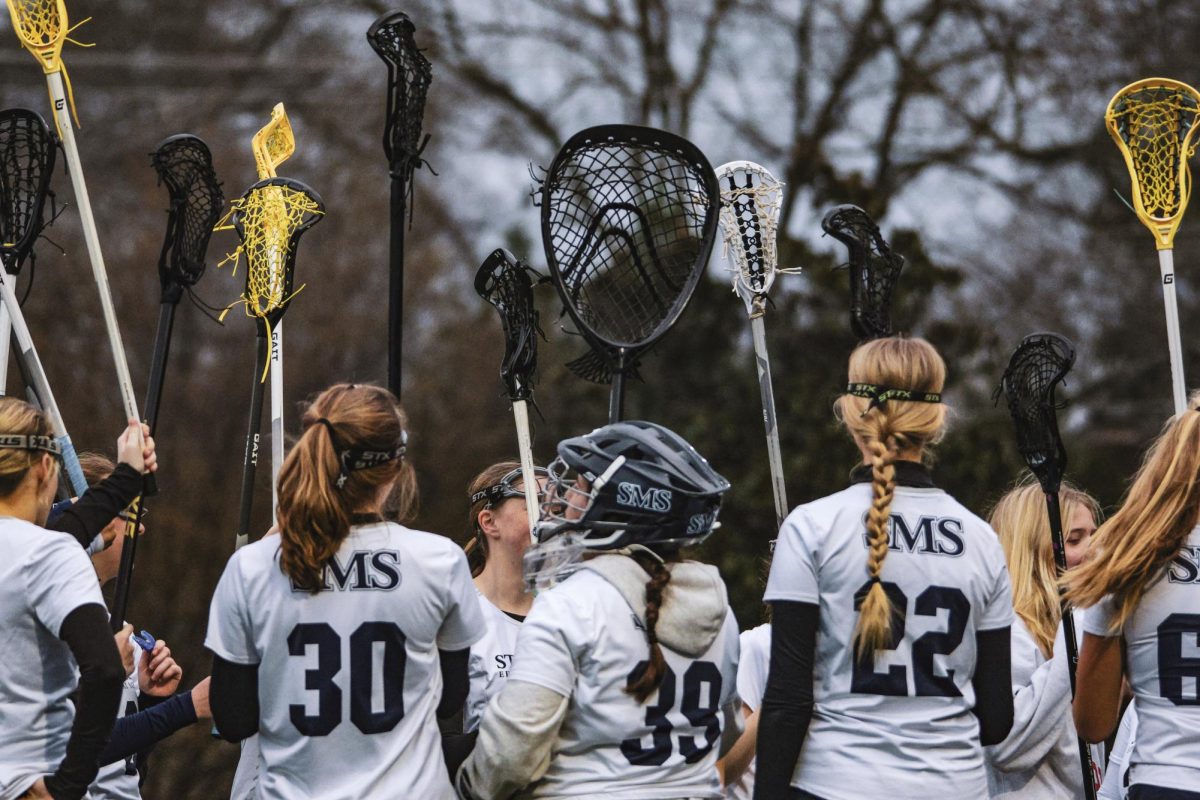
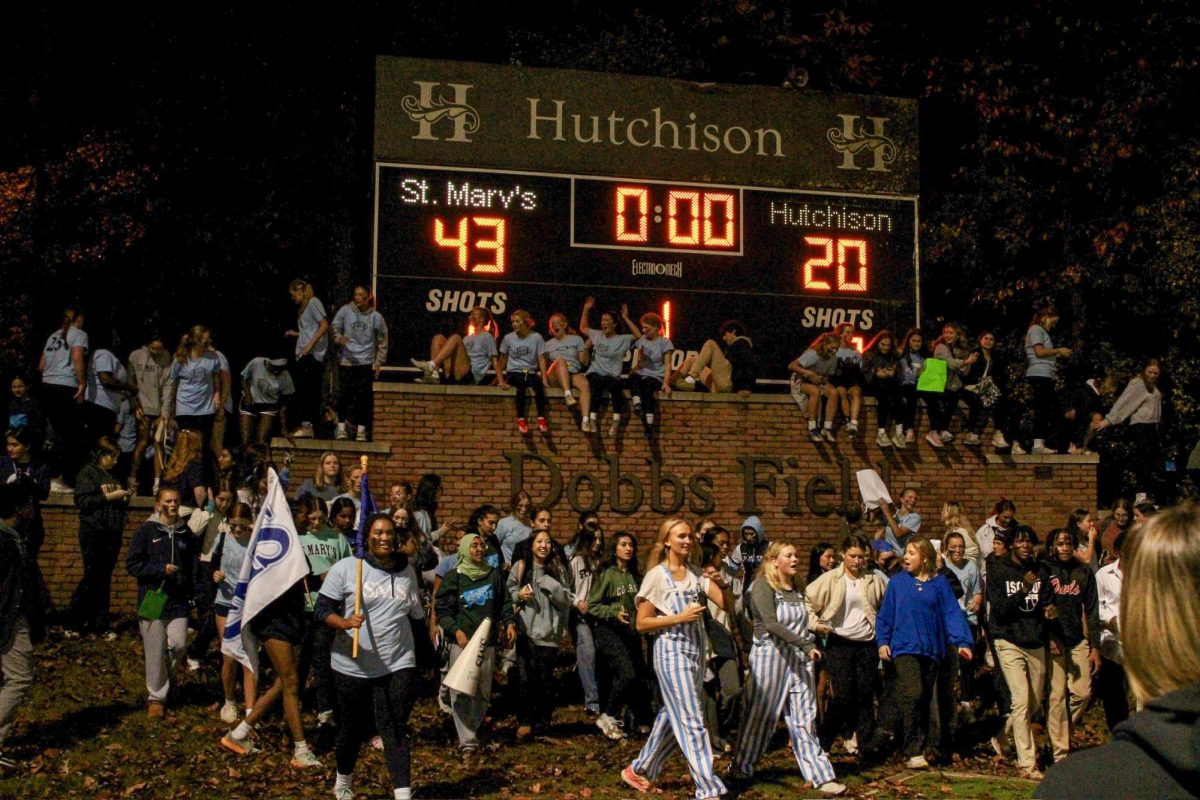
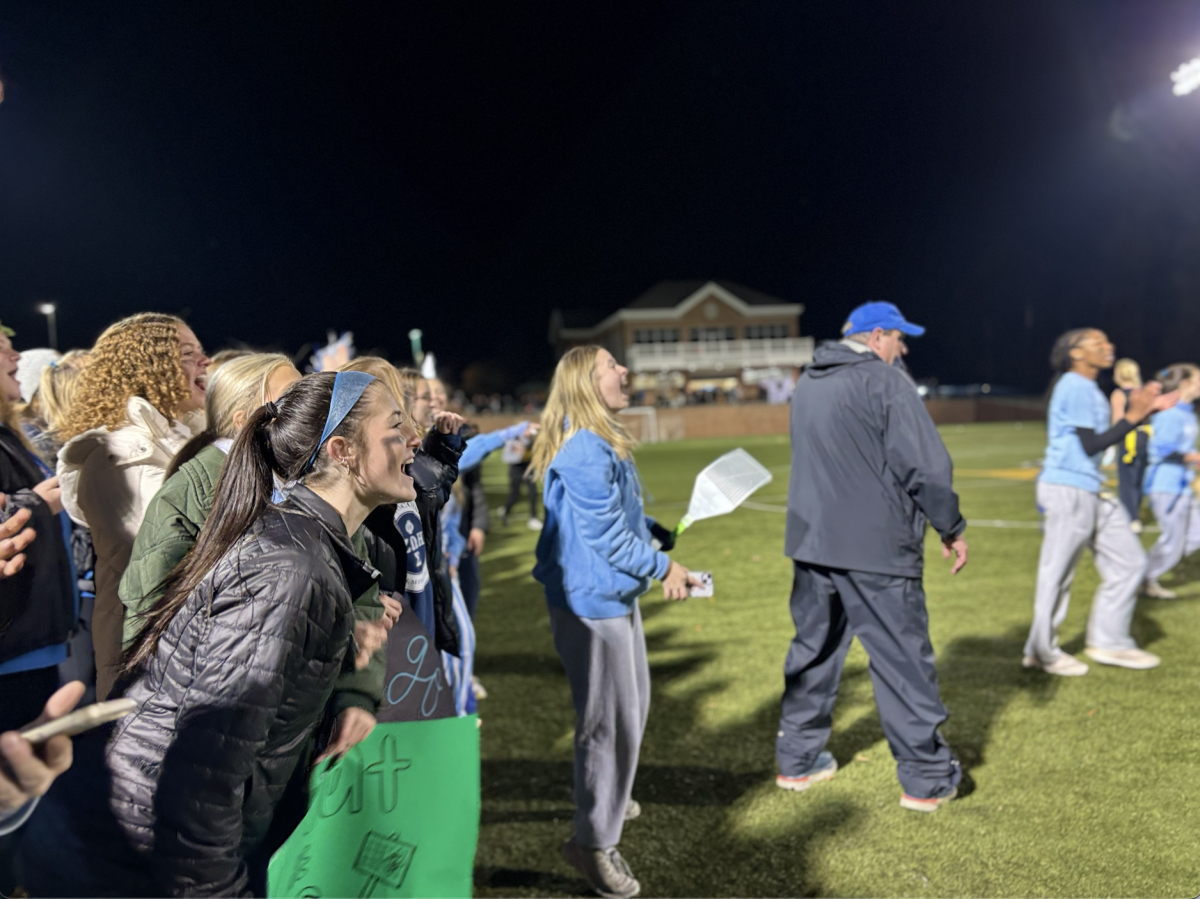
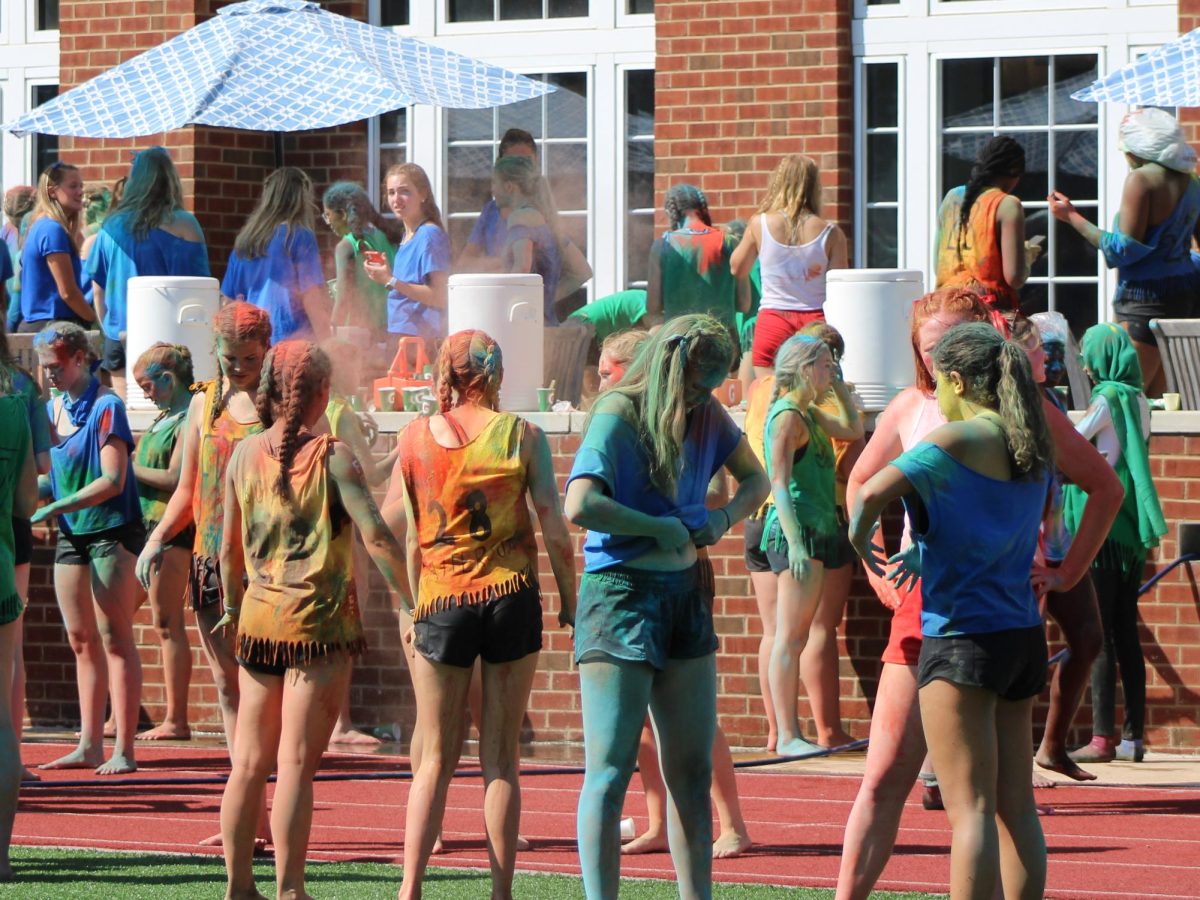
![[GALLERY] Walking in (Downtown) Memphis](https://stmarystatler.org/wp-content/uploads/2024/04/E1DAD3FE-E2CE-486F-8D1D-33D687B1613F_1_105_c.jpeg)
